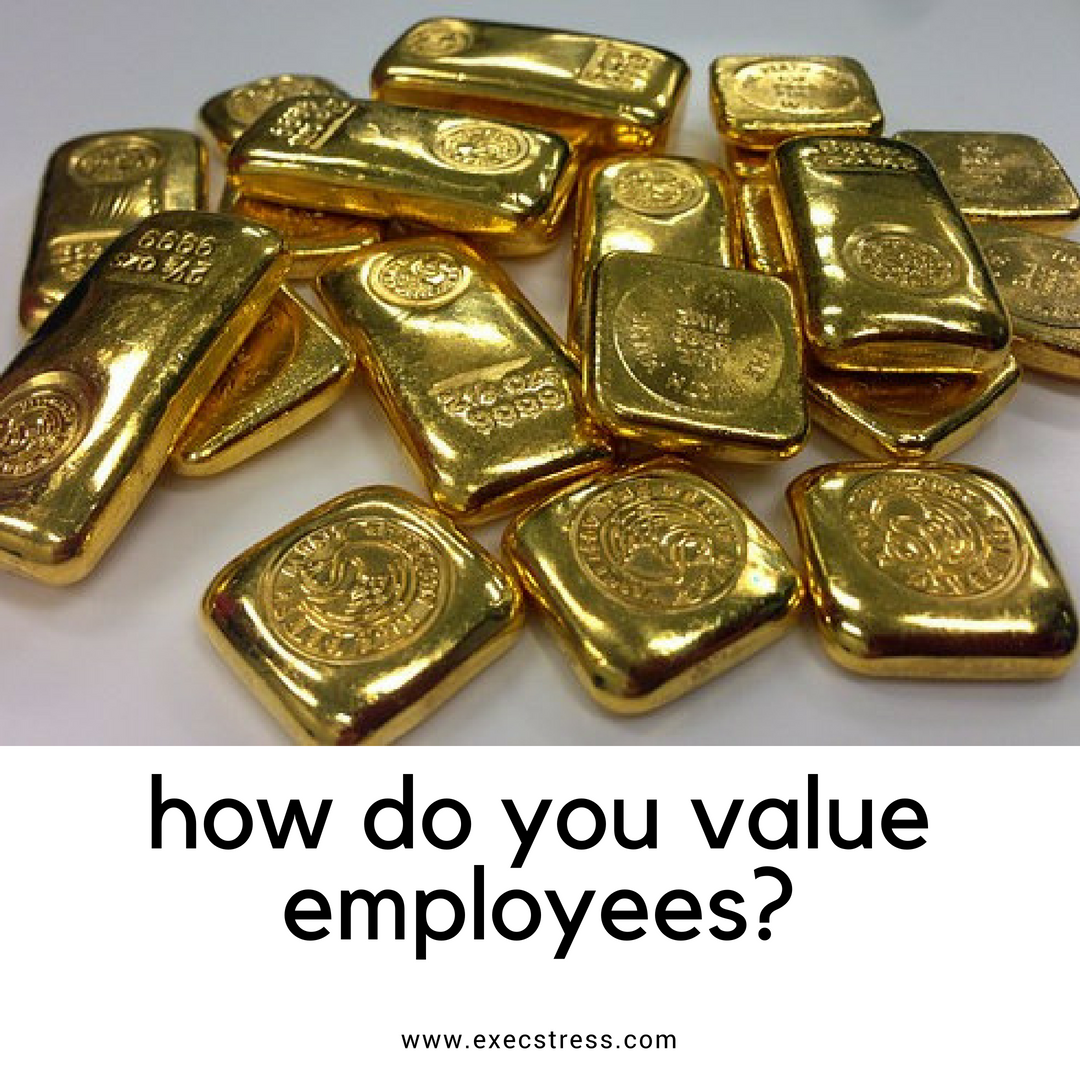I read an article by Shannon Aspinall of Shannon Aspinall Bookkeeping & Accounting. Even though I don’t employ people, I found it interesting because for me, some of the things Shannon said really reinforced what VAs have been saying for decades, and helped clarify the value a VA could bring to your business.
In her article, Shannon says there are four reasons why a business employs people:
- we can’t carry the load ourselves
- we lack skill/expertise in a particular area
- to pass on our skills/knowledge (including succession planning)
- to make more money
All four are also reasons why businesses partner with a VA.
Her article focused on the last category and primarily in service-based industries and gives a great example of the real cost of employees. It is reproduced here with permission.
________________________
Gloria is a sole trader whose Profit and Loss at the end of the financial year looks like this:
Income – $80,000
(800 chargeable hours @ $100 per hour. To earn that income Gloria actually worked 1000 hours, some time is not chargeable, making her productivity 80%.)
Expenses – $20,500
Profit for the year – $59,500

Gloria decides to hire a junior thinking they will be cheaper than a more experienced employee.
Junior is hired at a rate of $25 per hour. Junior will probably take twice as long to do anything (as they should to be fair) so their charge out rate will be $50/hour. That’s double what Gloria is paying them, so she thinks it is a good deal. Gloria expects Junior to have a productivity of 70% and Junior will work 20 hours per week. That means Gloria is expecting Junior to add $700 per week to her income. ($50 per hour x 20 hours x 70% productive).
However, during the year Junior is entitled to 4 weeks annual leave, 10 days personal leave and there are about 10 public holidays. This means an employee may only really work for 44 weeks of the year.
This being the case, over a year we can expect Junior to add $30,800 to the income.
Whilst this might sound great, Shannon points out that you also have to think about who is going to supervise and train Junior and how long this might take. It could be suggested that Gloria will go from 80% productivity to at best 60% in the next year and will spend most of the year thinking ‘it would be quicker to do it myself’. How many of us have thought that exact same thing?
This means Gloria will probably charge out $60,000 (as opposed to $80,000 before), Junior will charge out $30,800 making that total income $90,800. A mere $10,800 more than the original example.
OK, still a step up, but there are additional expenses in the form of wages and superannuation to consider.
Wages will be $25 per hour x 20 hours x 52 weeks – $26,000
Leave loading will be $25 x 20 x 4 week x .175 – $665
Superannuation 9.25% – $2,500
WorkCover (just a guess) – $400
So if having Junior added $10,800 to the income, but also added almost $30,000 to the expenses, having Junior has cost Gloria about $20,000.
That’s not including the other things a new employee may need like a new computer, workspace, more internet, phone and stationery costs.
The real cost to Gloria is almost $34 per hour actually worked – but she thought she was paying $25 per hour.
Shannon concludes:
“I am not suggesting your employees are not valuable, in fact by doing the above process you may realise just how valuable they are. The point is you need to be well informed about what your employees are costing you and what they are saving or making you, so you can get the most out of your business.”
________________________
A comment VAs hear all the time is that we are “too expensive”. VAs charge out at rates higher than $25 per hour depending on their skill set, experience and so on. As business owners they set their own hourly rate. Some charge on a project basis.
However, none of the on-costs mentioned by Shannon in her article apply to working with a VA who is an independent contractor – not an employee of your business. So immediately you save the $30,000 expenses quoted in the above example if you were paying the VA that quoted rate (more if you’re paying a higher hourly rate as your superannuation, leave loading and WorkCover expenses go up exponentially).
Add to that the fact there is no need for provision of equipment, office space and associated running costs, training or supervision and you’ve knocked a considerable portion off the hidden costs mentioned above. In addition, a VAs productivity is 100% on your project because they only charge you for time spent on task, there are no holidays or sick days, and no lost time/productivity on smoke breaks or chatting with other office staff. A VA will clock in and out and charge just for time spent doing your project.
Whilst there are certain tasks only in-house employees can perform, it’s well worth your time to consider a partnership with a virtual assistant.
© Lyn Prowse-Bishop – www.execstress.com
(Please note: Any information contained in the examples provided by Shannon Aspinall has been prepared without taking into account your objectives, financial situation or needs. Before acting on any advice you should consider whether that advice is appropriate for your personal circumstances.)